News & Event


News & Event
News & Event
[The 116th KISTEP Wednesday Forum] Regulatory Sandbox: Innovative Testing Ground for New Products·Technologies
- Writer Yeory Lim
- Date2019-12-05
- Hit1,151
File
-
Download
 20191205160133.jpg
(150.95KB / Download 251회)
20191205160133.jpg
(150.95KB / Download 251회)
KISTEP held the 116th KISTEP Wednesday Forum in the theme of ‘Regulatory Sandbox: Innovative Testing Ground for New Products·Technologies’ on 4th December (Wed), 2019.
A regulatory sandbox, introduced for financial innovation in England in 2015, achieved several outcomes such as increased investment in fin-tech and administrative cost reduction. Then major countries, such as Japan and USA, introduced the regulatory sandbox, and it tends to expand its scope from finance areas to product·service areas in a way which existing regulations are inapplicable or postponed for new technologies. Korea also introduced the regulatory sandbox in several areas such as industry convergence, ICT convergence, and finance, and it led to voices of welcome and concern as well. Therefore KISTEP held the forum to see the background of the introduction of the regulatory sandbox and the status of its actual application, and to seek future plans.
A regulatory sandbox, introduced for financial innovation in England in 2015, achieved several outcomes such as increased investment in fin-tech and administrative cost reduction. Then major countries, such as Japan and USA, introduced the regulatory sandbox, and it tends to expand its scope from finance areas to product·service areas in a way which existing regulations are inapplicable or postponed for new technologies. Korea also introduced the regulatory sandbox in several areas such as industry convergence, ICT convergence, and finance, and it led to voices of welcome and concern as well. Therefore KISTEP held the forum to see the background of the introduction of the regulatory sandbox and the status of its actual application, and to seek future plans.
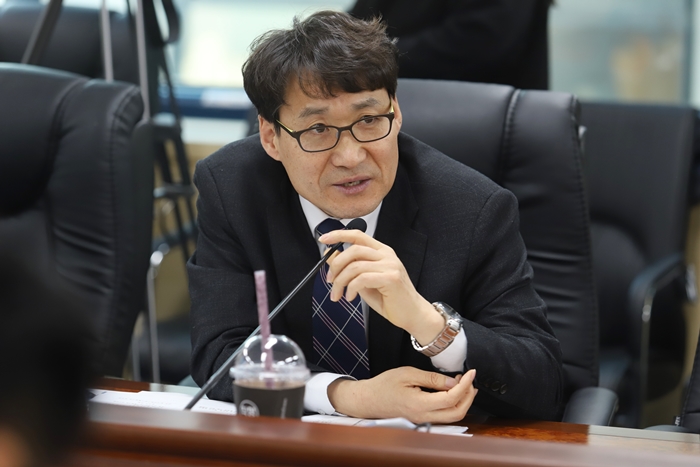
▲ Kil-Woo Lee (Director General, Office of National R&D Coordination, KISTEP)
The forum was led by Kil-Woo Lee (Director General, Office of National R&D Coordination, KISTEP) and the presentation of Hyun Young Lee (Director, Division of Regulatory Reform, Korea Institute for Advancement of Technology) followed. Then the panel discussion with Seong-yeob Lee (Professor, Korea University), Seung Ah Lee (CFO, Huinno), and JaeHoon Lee (Lawyer, Researcher, Innovation Center for R&D Regulation and Management, KISTEP), and floor discussion followed.
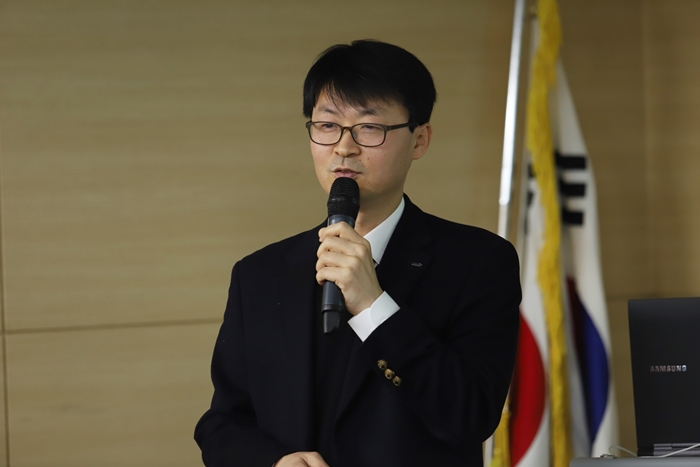
▲ Hyun Young Lee (Director, Division of Regulatory Reform, Korea Institute for Advancement of Technology)
Director Lee presented the background of the introduction of the regulatory sandbox in industry convergence, explaining the situation of falling behind in innovation that it is hard to apply existing systems to newly emerging innovative products and services, and it causes delayed market release. Then he explained the so-called ‘3 piece set of regulatory innovation’ as ▲ identification of regulations, ▲regulation exception for verification (verified exception), and ▲temporary permit system. He emphasized that “Safety measures, such as reinforcing the level of responsibility of enterprises on damages to customers for their protection, were prepared to manage the regulatory sandbox.”
Continuing on his presentation about the roles and performances of Korea Institute for Advancement of Technology (KIAT) relating to regulation innovation, Director Lee mentioned that “KIAT, the main supporting institute for the regulatory sandbox in industry convergence, is preparing for the management of regulatory sandbox, preemptively identifying regulations related to new industries, and providing stepwise customized support for enterprises.” Then he added that “KIAT is managing the most exemplary regulatory sandbox in the world based on the short deliberation period, which takes only one-fourth of the review period for regulation exceptions compared to other countries.” He showed the performances by introducing examples of new industries released in markets by regulation exceptions.
Lastly, he mentioned that “KIAT will promote tangible performances from existing approved projects by actively finding deregulation cases with great public sentiment and industrial ripple effects, and by providing thorough follow-up supports.” Then he clarified the future plan saying that “KIAT will manage ‘global regulatory sandbox system’ collaborated with foreign regulatory sandboxes, and secure support plans for new products·services to settle in domestic markets.”
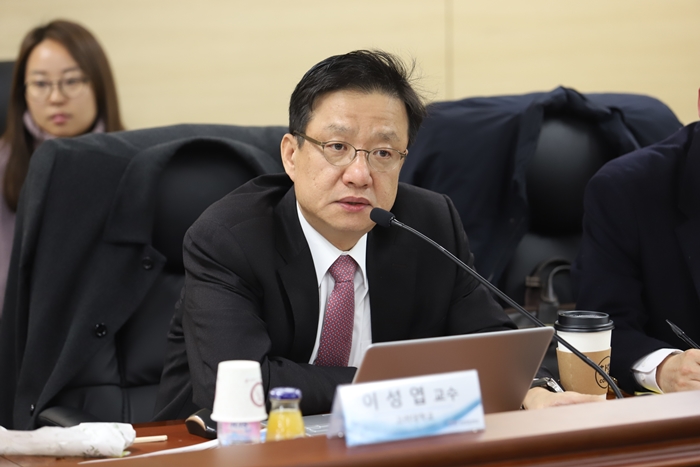
▲ Seong-yeob Lee (Professor, Korea University)
In panel discussion, professor Lee pointed the civil law system as the fundamental problem for domestic regulatory innovation, mentioning that “Although advanced regulations, such as Regulatory sandbox, Regulatory certification responsibility system and Proactive public administration, were introduced, it seems that the public still can not experience the regulation reformation.” He also demanded on reformation of law systems adding that “There are limits in innovation with the current civil law system, that regulates the market release of new products· services and blocks danger in advance.” Then he asserted that “When a regulation is relieved and terminated, the system and administrative people related to the regulation should be downsized, but it did not really happen. A termination of a regulation means a new start of another.” Lastly, he advised that “The real regulatory reformation should be connected to minimized roles of the government and public officers, and decisions of policy makers are required to do so.”
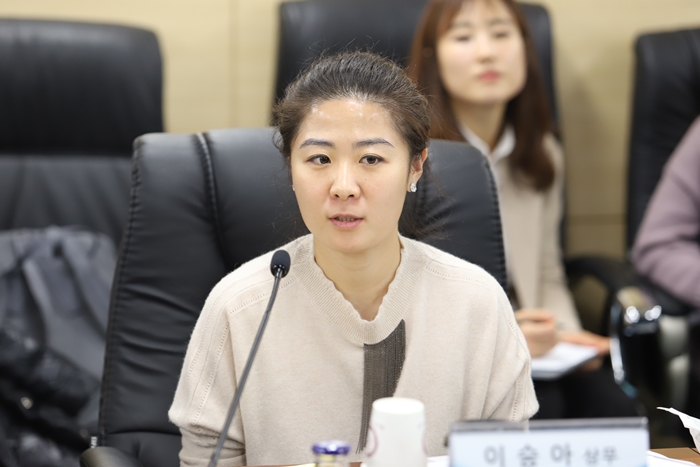
▲ Seung Ah Lee (CFO, Huinno)
CFO Lee of Huinno mentioned that “A lot of capital and labor force are required once a business is started, so it is very important to anticipant its feasibility. The sandbox was very helpful as it proposed regulations related to new industries clearly.” Also she suggested that “It will be a good opportunity for industry if guidelines are provided to enterprises that have big interests in the selection of the regulatory sandbox, and if the government support funds that are only provided to the enterprises with verified exception is expanded.” Lastly, she added that “New products·services should be viewed from the perspective of how regulations can be feasibly changed, rather than the perspective of possible and impossible.”
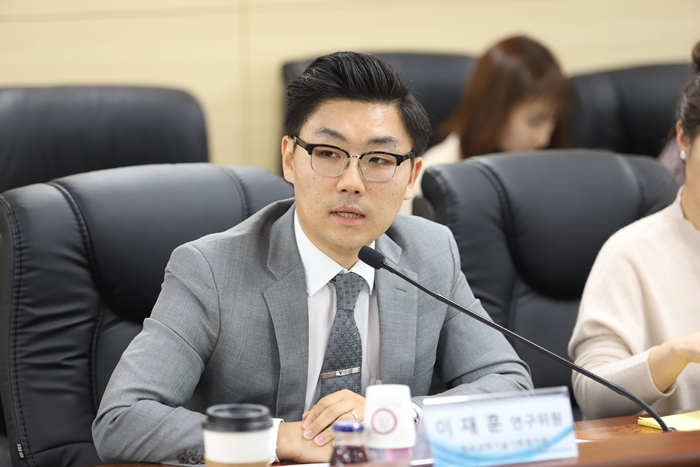
▲ JaeHoon Lee (Lawyer, Researcher, Innovation Center for R&D Regulation and Management, KISTEP)
Lawyer Lee claimed that the regulatory sandbox should be operated in favor of enterprises, saying that “When regulations for new products·services are dispersed in several ministries, enterprises should be allowed to apply for the regulatory sandbox to any ministry freely.” Then he emphasized that “When an enterprise receives verified exception, it should be clarified how other enterprises will be applied with same conditions.” He suggested the improvement points as ▲for identification, the end point of provided information should be an applicant, not the minister of MOTIE, ▲for verified exception, the regulation exception committee, that has to review all applications, should be able to dismiss unrealistic and repetitive applications, and ▲for temporary permits, back-up plan should be prepared for new technologies which are impossible to check its safety with existing safety verification criteria.